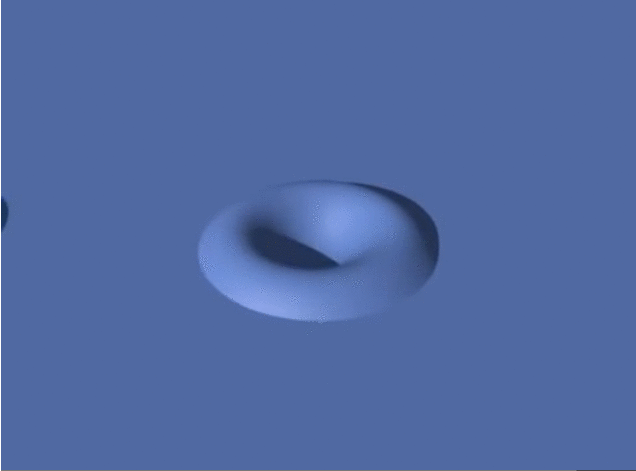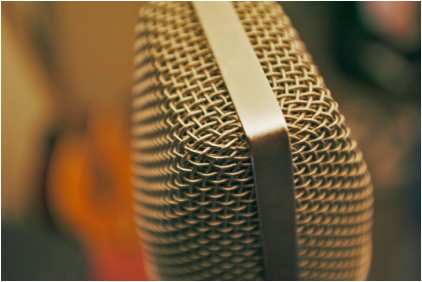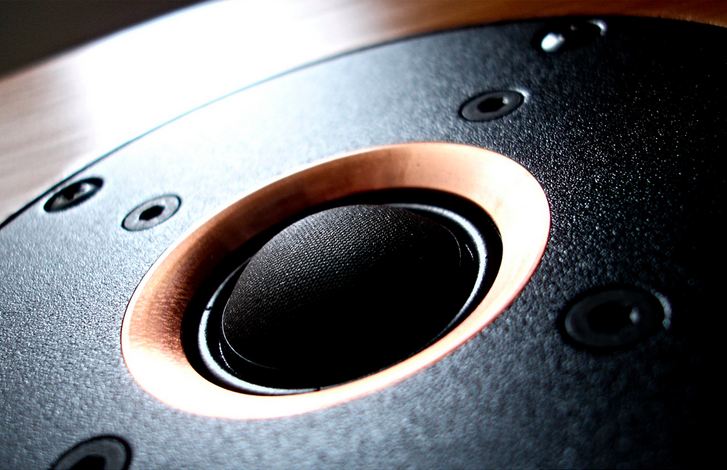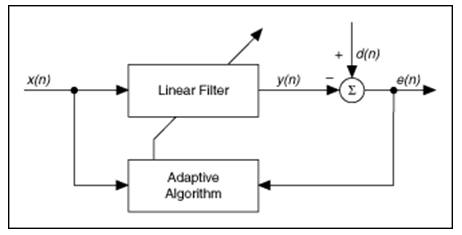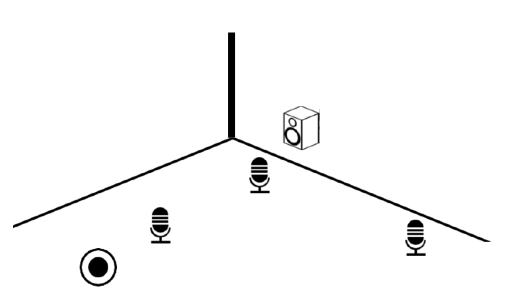Basic working principle
Elements of design
|
Reference microphones and Error microphones
In our ANC system, we would need a few reference microphones to be put in front of the speaker to detect the desired input signal. Also, we would need a few error microphones to be put behind the speaker to detect the residual noise signal after noise cancellation. |
Adaptive algorithm
|
Least Mean Square (LMS)
The LMS is an algorithm that sum the weighted error squares and minimises the error signal, which is used to control the sighting of the Finite Impulse Response filter used in our ANC system. The signal from the error microphone and reference microphones are compared and noise are then removed from this algorithm. |
Conclusion
Concepts will be further developed based on what we have found using simulation software. We will use MATLAB to simulate the sound wave enclosed in a room, and hence use Simulink to model our proposed system. Once we have confirmed the feasibility of the system, we can then move on the the physical test of the system, which we will first test the system with a single tone in an empty room with the microphones and the speaker placed in it, and improve our ANC system through trial and error.
